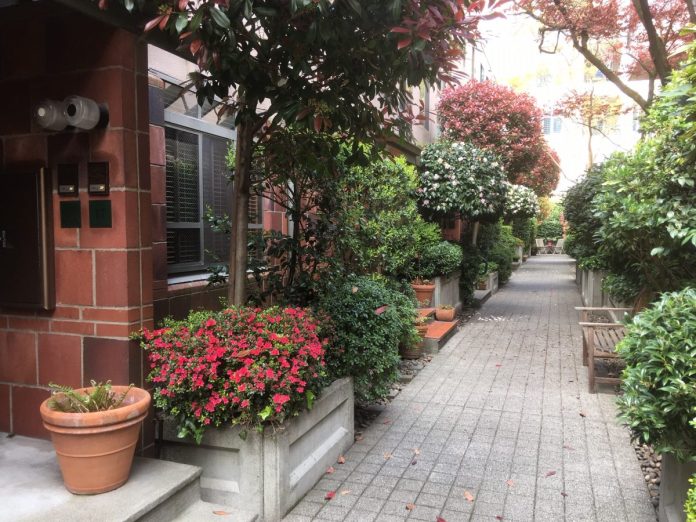
For me, the warm and sunny weather provided extra inspiration for close-to-home urban exploration, but as I was reminded by a reader, with Google Maps it’s not necessary to set foot outside to explore your city or others far, far away. So whether you take to the streets in the style of a socially distant flaneur, or engage in a digital field trip, urban exploration is still a wonderful way to learn something new about the world we share.

Offering up a mix of the old and new, reader photos of “missing middle” housing illustrate the variety of housing types that comprise the category, which despite its many forms is estimated to only constitute to about only 19% of America’s housing stock.
A big thanks to readers who answered the call! Browse through the selection of submitted photos below and get inspired to participate in our next scavenger hunt. (And your scavenger hunt week #2 mission is to photograph successful mixed-use developments. More below.)
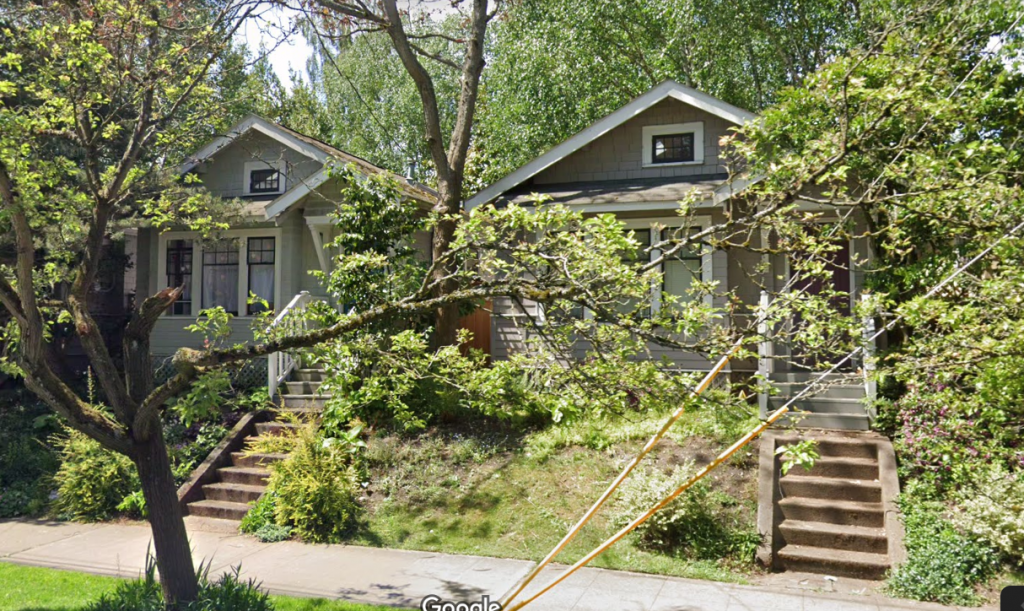
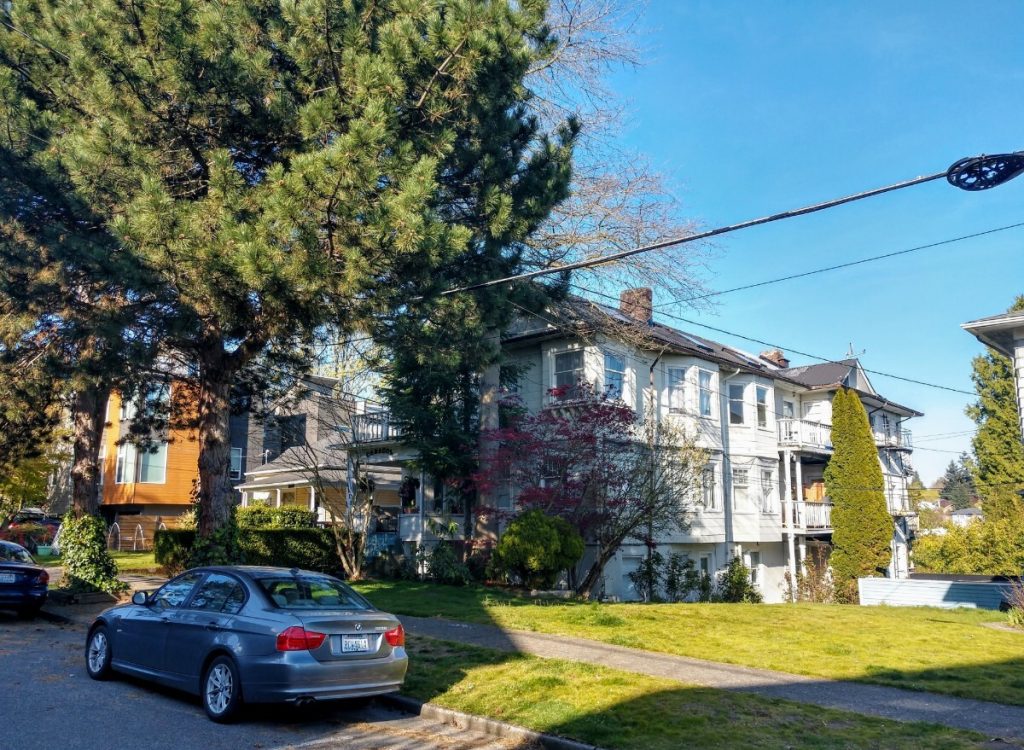
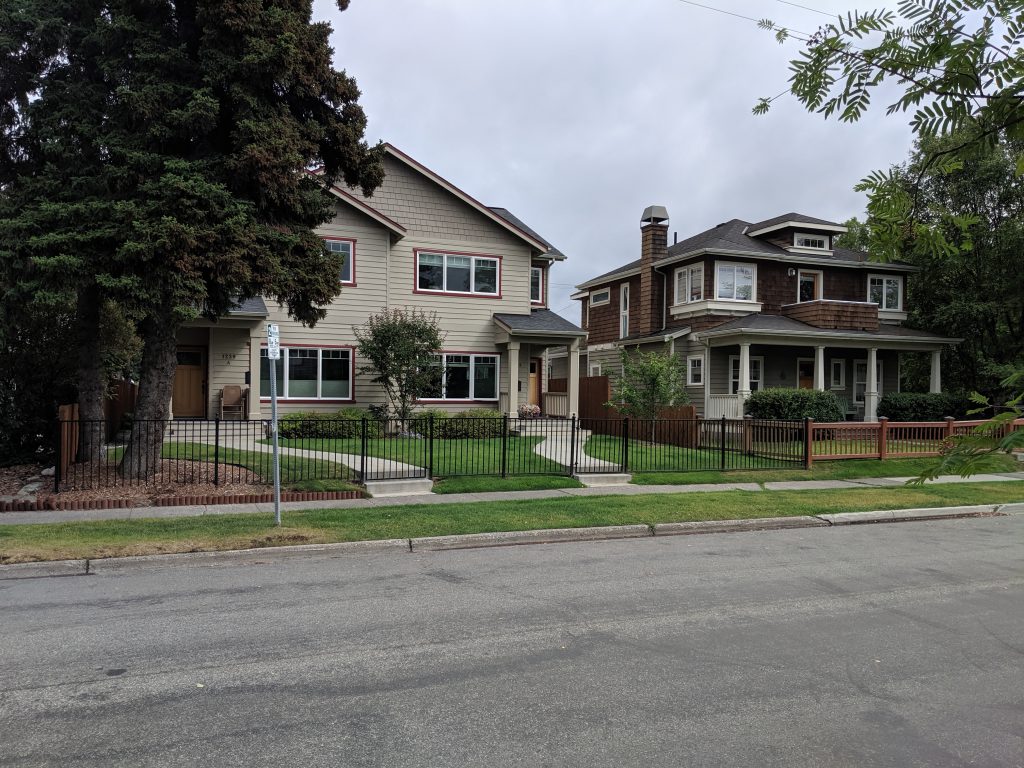
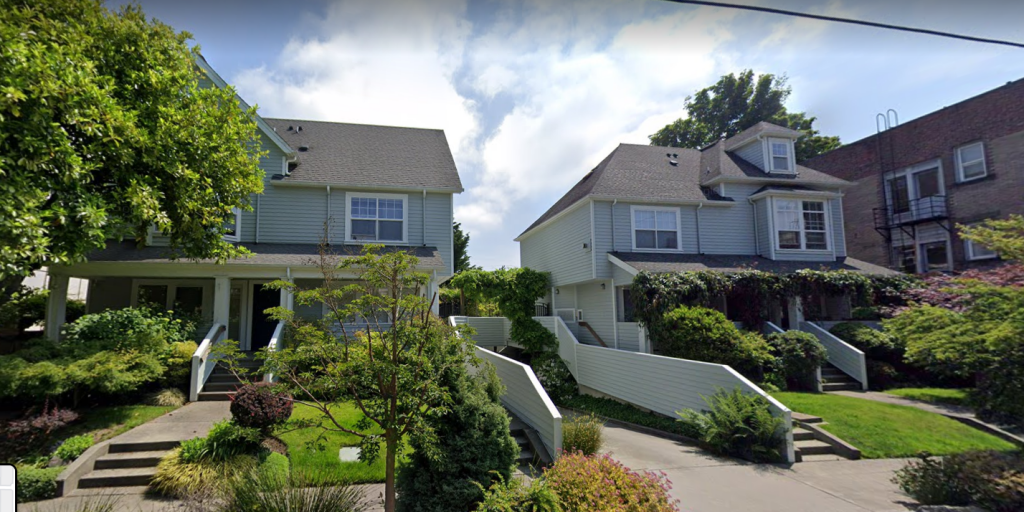
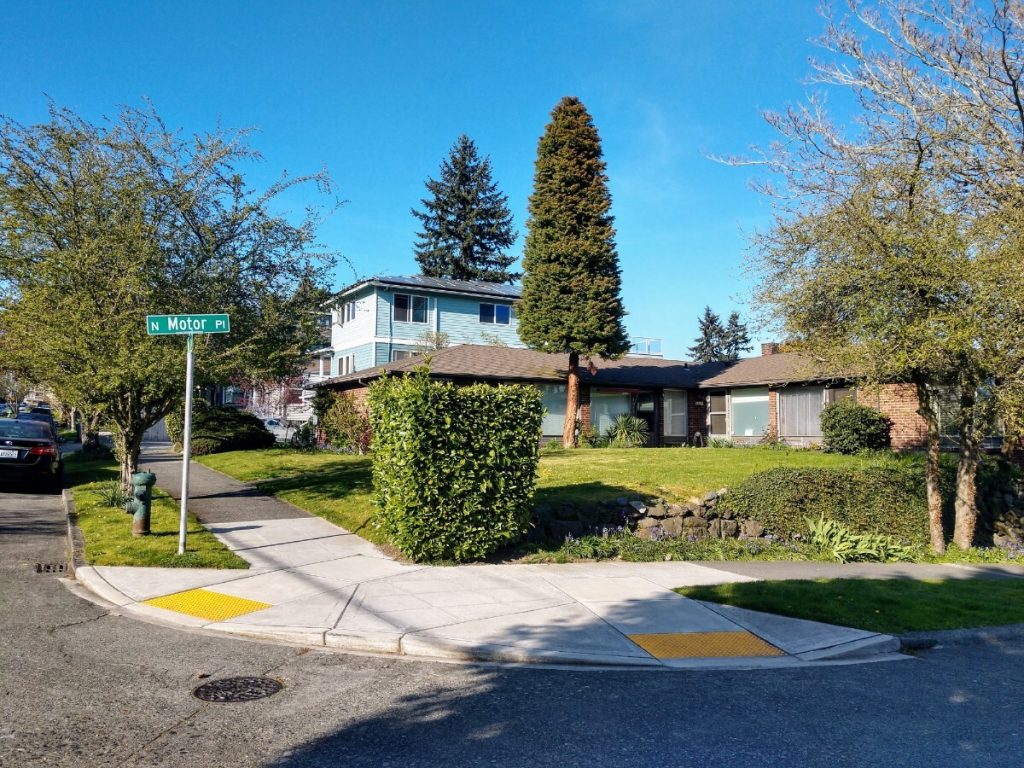
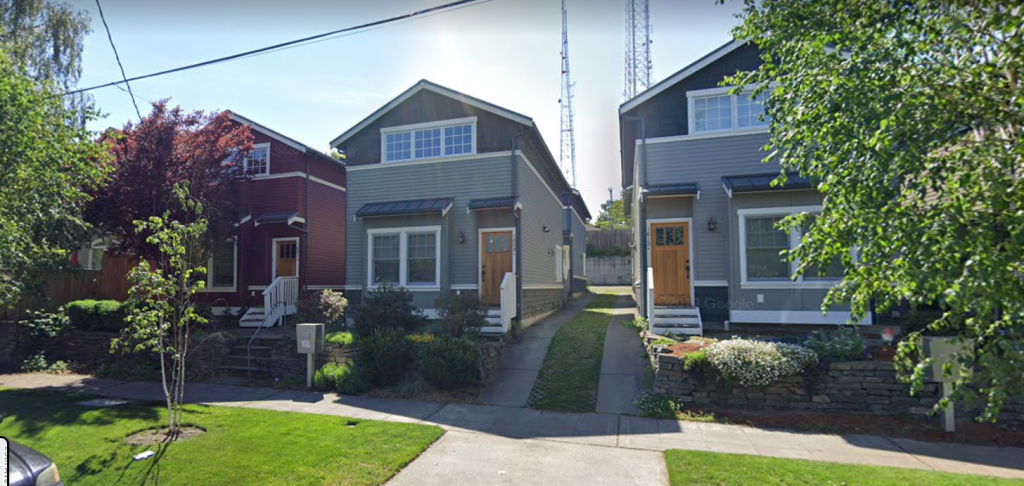
Urbanist Scavenger Hunt # 2 – Mixed Use Development
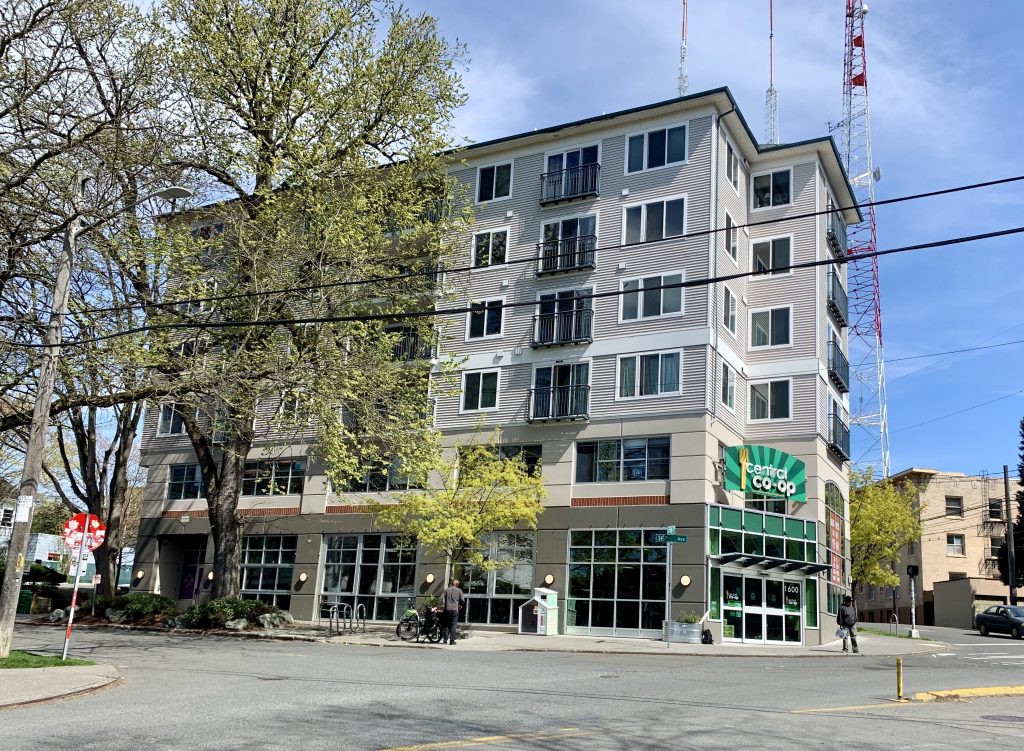
Mixed-use development is characterized as pedestrian-friendly development that blends two or more residential, commercial, cultural, institutional, and/or industrial uses. While mixed-use development is considered a bedrock of planning livable cities, it also faces challenges. Without proper architectural design and economic planning, ground floor commercial units can sit vacant for years. San Franciscans resoundingly passed Proposition D, a vacancy tax which will be leveraged on landlords who keep stores empty for more than six months.
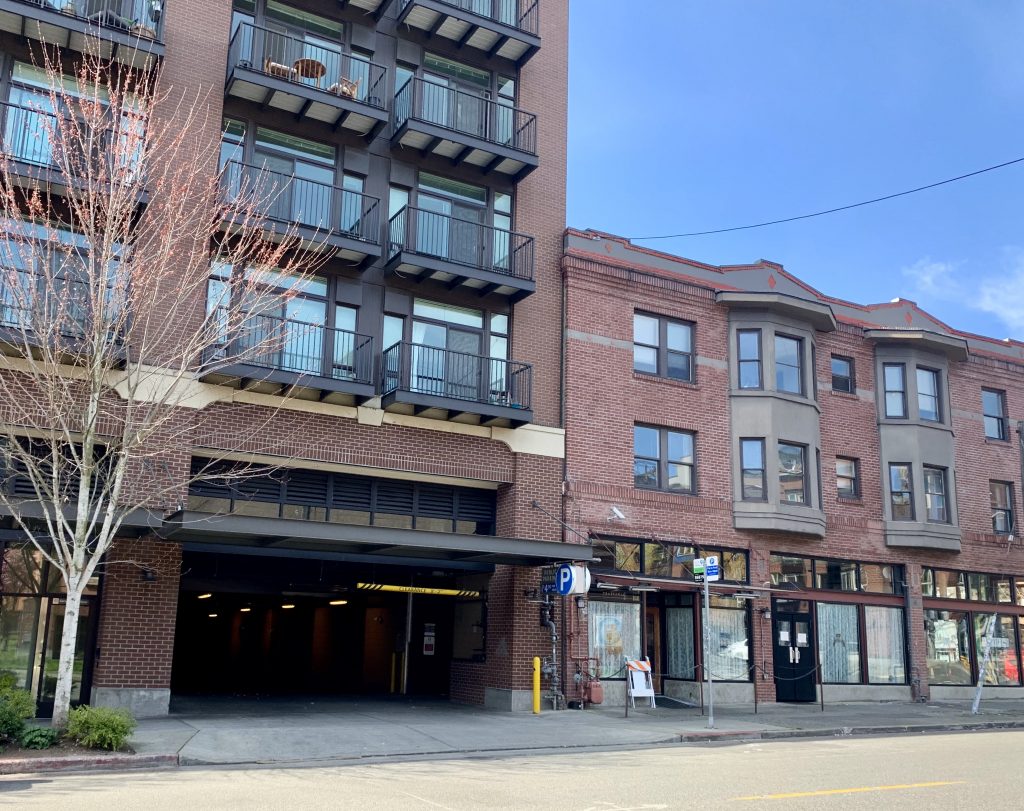
But when mixed-use development succeeds, streets and neighborhoods are created that exhibit an unparalleled level of walkability and vibrance. And while Seattle definitely suffers from some of the same commercial vacancy woes that have plagued San Francisco, there are also lots of examples of highly successful mixed-use developments that have served to transform and sustain the communities that surround them.
Your mission this week is to identify successful mixed-use developments.
Want to share your scavenger hunt discoveries with other readers of The Urbanist? Email your photographs with descriptions to natalie@theurbanist.org by Monday, April 20th for consideration.
Natalie Bicknell Argerious (she/her) is a reporter and podcast host at The Urbanist. She previously served as managing editor. A passionate urban explorer since childhood, she loves learning how to make cities more inclusive, vibrant, and environmentally resilient. You can often find her wandering around Seattle's Central District and Capitol Hill with her dogs and cat. Email her at natalie [at] theurbanist [dot] org.

